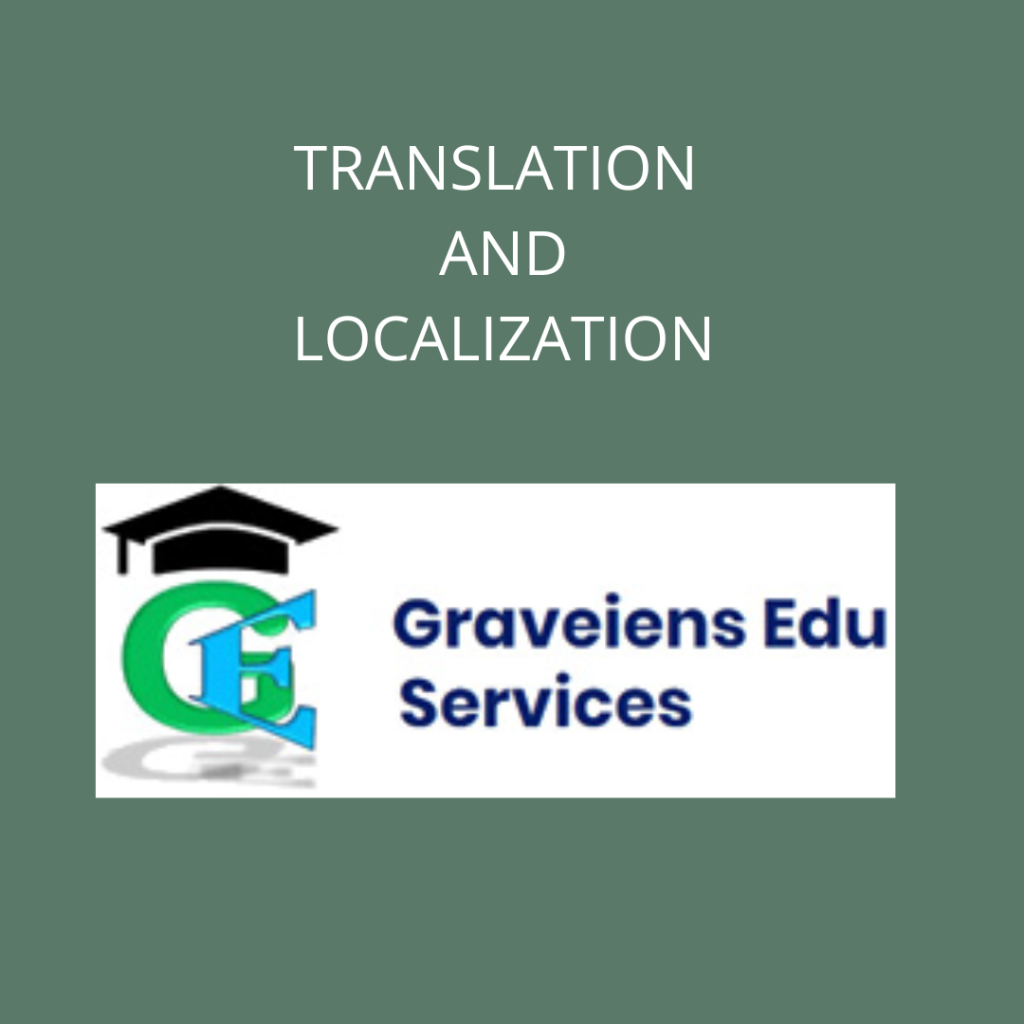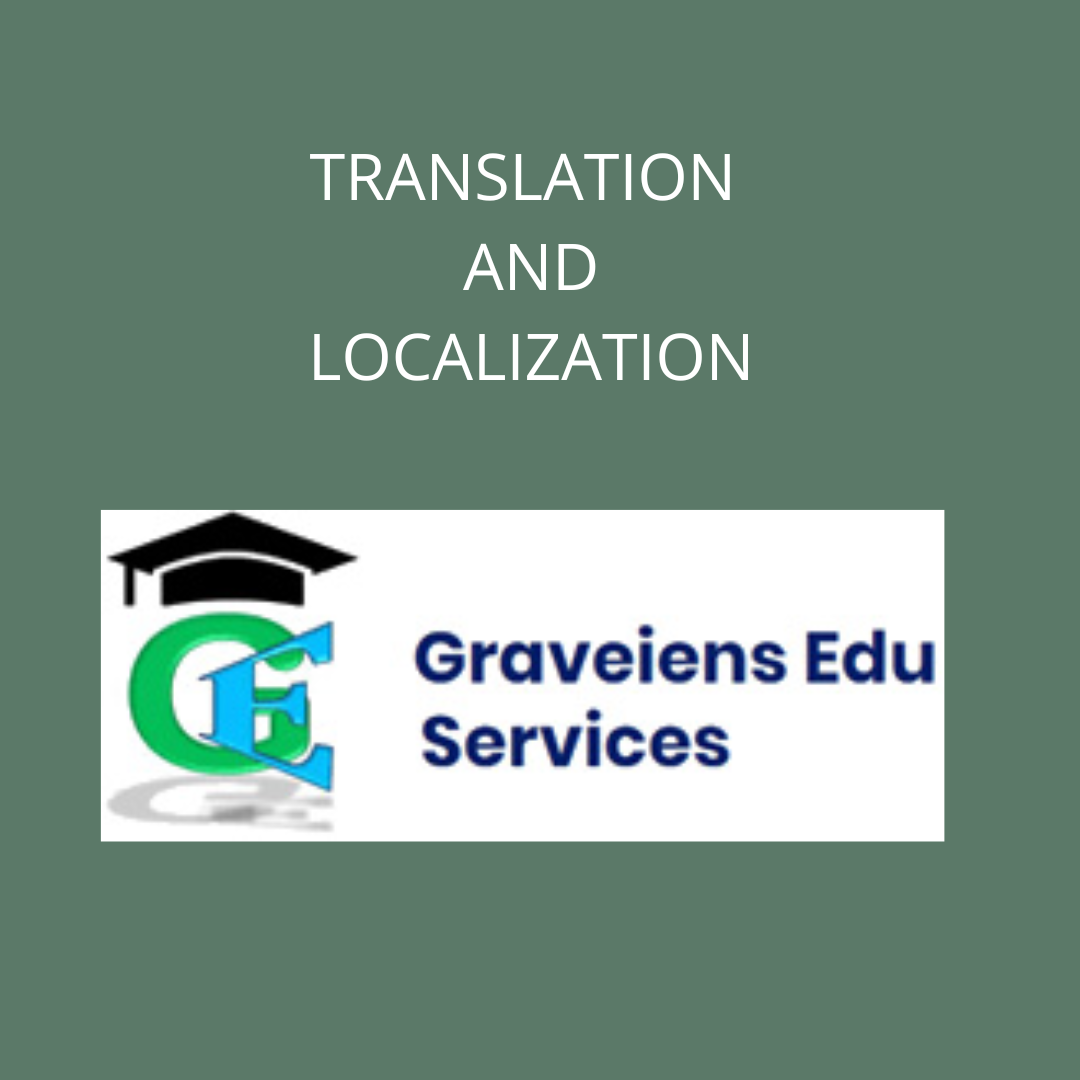Introduction
As a technical writer, it’s important to create content that can be understood by audiences from different backgrounds, countries, and languages. This means considering translation and localization issues in your writing projects. Translation involves converting your content from one language to another, while localization adapts your content to meet the specific needs and expectations of your target audience. Here are six steps to help you handle translation and localization issues effectively.

Step 1 is identifying your target audience and their needs. It’s important to research their language, culture, education level, technical background, and preferences to tailor your content accordingly. This will help you avoid potential misunderstandings or conflicts.
Step 2 involves writing with clarity and simplicity. Avoid jargon, slang, idioms, and metaphors, and use consistent terminology, formatting, and style throughout your document. This will make your content easier to translate, localize, and understand by your target audience.
Step 3 is using international standards and formats, including the metric system, ISO date format (YYYY-MM-DD), and 24-hour clock for measurements, dates, and times. Also, use neutral and inclusive language, and avoid cultural references and assumptions. This will make your content more accessible and consistent for your target audience.
Step 4 involves using tools and resources to support translation and localization, such as translation software, localization software, style guides, and glossaries.
Step 5 is reviewing and testing your translated and localized content to ensure quality, accuracy, and usability. Use tools like Grammarly, Hemingway, and LingoHub to help with this process.
Finally, step 6 is getting feedback and improving your content based on it. Seek feedback from your target audience, translators, localizers, and stakeholders, and monitor the performance and usage of your content to identify areas for improvement.
By following these six steps, you can effectively handle translation and localization issues in your technical writing projects and create content that can be understood and appreciated by audiences worldwide.
How Graveiens can help
If you need professional translation and localization services for your technical writing projects, Graveiens can help. With our team of experienced translators and localizers, we can ensure that your content is accurately and effectively adapted to the specific needs, preferences, and expectations of your target market. We use the latest tools and technologies to streamline the translation and localization process, while also maintaining the highest standards of quality and accuracy. Whether you need translation and localization for user manuals, technical documentation, software interfaces, or marketing materials, we can provide customized solutions that meet your unique requirements. Contact us today to learn more about our translation and localization services and how we can support your technical writing projects.



Comments 0